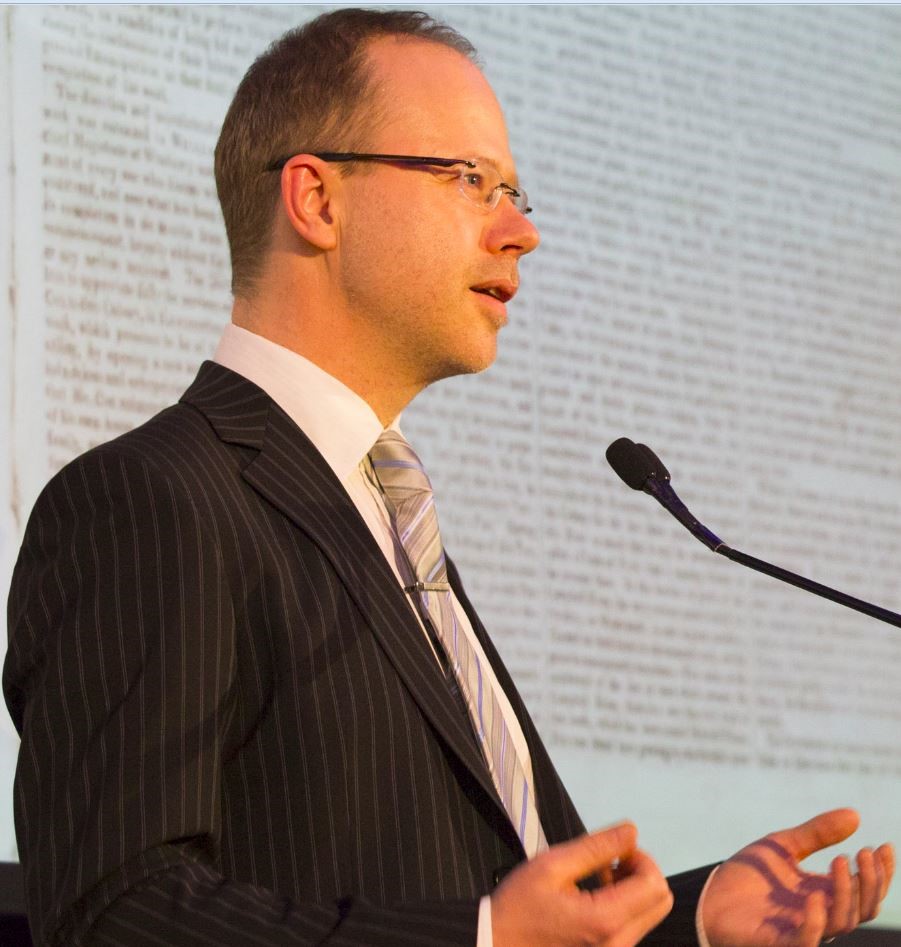In this first decade of the twenty-first century we are caught up in the midst of a technological shift of the kind that Walter Benjamin, in his 1936 essay ‘The Work of Art in the Age of Mechanical Reproduction’, attributed to the increasing popularity of photography in the early twentieth century. The essence of that change was the unprecedented capacity to create infinitely reproducible multiple copies. For the first time the idea of the primacy of the singular work of art was seriously open to question. ‘The history of every art form,’ writes Benjamin, ‘shows critical epochs in which a certain art form aspires to effects which could be fully obtained only with a changed technical standard, that is to say, a new art form’ (Benjamin, 1973, p. 239). Photography initiated a change that Benjamin recognised as being as profound in its impact on people’s lives as the introduction of the printing press. Each of these successive technological advances had the effect of putting within reach of the wider public products, information and knowledge that in the past could be enjoyed only by wealthy and elite groups and individuals. So much so that the concept of ‘art’ itself needed to be redefined to accommodate the many new forms that arose out of new technologies.
Over the past three decades, the advances in digital technologies that have occurred have repeated that pattern of rapidly increasing accessibility, far beyond the bounds of art and into every sphere of experience, in a manner and on a scale that Benjamin could not have foreseen. Most importantly, these technological changes have made it possible for ‘ordinary’ lives, that had formerly left no trace, to be recorded and ‘saved’ for the future. ‘It is no accident,’ Benjamin suggests, ‘that the portrait was the focal point of early photography.’ He explains this in terms of the ‘cult of remembrance of loved ones, absent or dead’ (Benjamin, 1973, p. 228). Photography offered the kind of ‘immortality’ that had formerly been available only to very wealthy or historically important people through painted portraiture. Suddenly, a much wider group of people could enjoy this privilege—of having their name, their image, their life—preserved for posterity. As Benjamin points out, these tectonic shifts bring more than a change in art; they change perception—of the world and one’s place in it.
In the sphere of writing, the genre of the biography is the equivalent of the portrait in painting. Both have traditionally recorded the lives of the rich and famous. While photography provided an alternative in the field of visual representation, biography has, until relatively recently, focussed almost exclusively on historically ‘significant’ lives and major public figures. Now, very dramatically, the digital revolution has changed everything. In fact, the field of biography/autobiography is changing so fast that it is very difficult to comprehend what is happening and what it means.
This chapter describes a selection of the new digital forms of biography and lifewriting as a first step towards exploring the broad questions: What kinds of pressures and changes does the digital environment bring to biography and life writing? And what kind of future is there for biography beyond the book? The chapter considers established forms of biographical representation for purposes of comparison. One thing is certain: the biographical form is thriving in both its traditional forms and new digital forms. Biographies line the shelves of bookshops worldwide in greater numbers than ever before, biography on television has become so popular that it supports a dedicated Biography Channel, and filmgoers have flocked to see ‘biopics’ (biographical films and documentaries) over the past decade.
[extract]
Arthur, Paul Longley. “Saving Lives: Digital Biography and Life Writing.” In Save As… Digital Memories, ed. Joanne Garde-Hansen, Andrew Hoskins and Anna Reading, 44–59. New York: Palgrave Macmillan, 2009.






